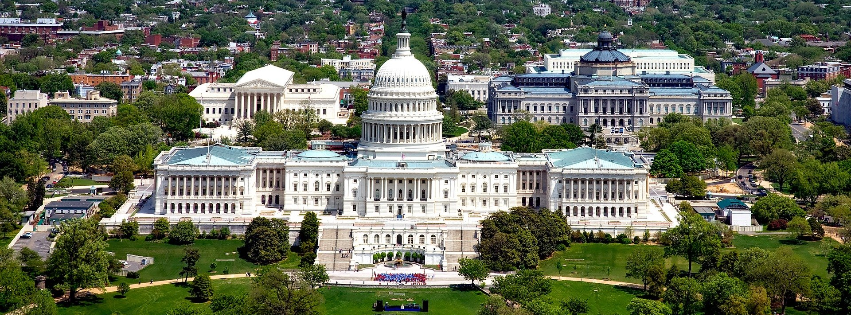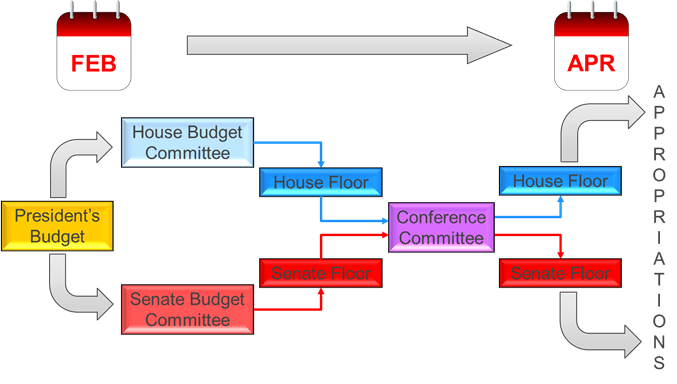In the last View from DC post, I mentioned the budget reconciliation process, and noted that Congress would likely leverage that process to take quick action on another round of pandemic relief. That came to pass last week, when the House agreed to the FY21 budget resolution, Senate Concurrent Resolution 5 (S.Con.Res.5). This kicked off a process in which a number of committees must draft and agree to specific components of the comprehensive $1.9 trillion relief package. (Remember, because this is part of “reconciliation,” the legislation will be filibuster-proof in the Senate, and can advance without Republican votes.)
On Tuesday, February 9th, the House Education and Labor Committee held a hearing to “markup” the elements S.Con.Res.5 within its jurisdiction (Title II). This includes the nearly $130 Billion investment for K-12 schools proposed by President Biden, in Section 2001. These funds can “help schools take the steps recommended by the Centers for Disease Control and Prevention to ensure students and educators can return to the classroom safely. This includes repairing ventilation systems, reducing class sizes and implementing social distancing guidelines, purchasing personal protective equipment, and hiring support staff to care for students’ health and well-being.” One important caveat is that “schools must reserve at least 20 percent of the funding they receive to address learning loss.” (Read the budget resolution here) Additionally, while the House Democrats’ proposal is mostly aligned with President Biden’s plan, their plan eliminates a $5 billion education fund for governors, instead directing those funds to higher education.
The other notable Congressional actions on STEM from last week were the two nomination hearings for President Biden’s picks to lead the Departments of Education and Labor, Dr. Miguel Cardona and Marty Walsh held by the Senate Health, Education, Labor, and Pensions (HELP) Committee.






